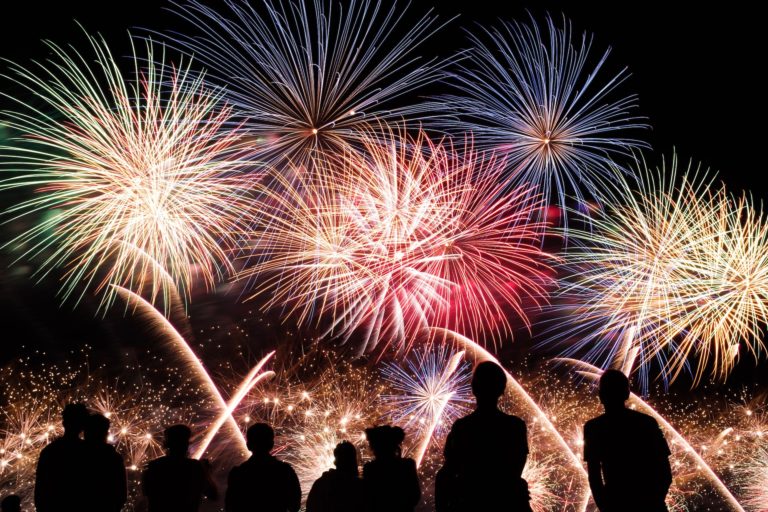Negative impacts on the breeding success of birds, migration of animals, and highly pollutant materials are some of the adverse effects of fireworks on wildlife, which affect animals a lot longer than a momentary New Year’s display.

Firework displays do not just have an effect on domestic pets, but on wildlife, a study found that they have short and long-term impacts of fireworks on the environment, which was published in the journal – Pacific Conservation Biology.
‘Fireworks create short-term noise and light disturbances that cause distress in domestic animals that may be managed before or after a firework event, but the impacts to wildlife can be on a much larger scale,’ said lead author, Associate Professor Bill Bateman, from Curtin’s School of Molecular and Life Sciences.
The timing of several large-scale fireworks displays coincides with the migratory or reproductive movements of wildlife, which have long-term effects.
The study revealed that firework displays had been implicated in the decline of cormorant colonies in California, USA, and sea lions in Chile changing their behaviour during the breeding season following New Year’s fireworks displays.
‘The future of firework displays may be in the use of safer and greener alternatives such as drones, eco-friendly fireworks or visible-wavelength lasers for light shows,’ Professor Bateman adds.
‘There is growing evidence that these community events can be managed in a sustainable way and it’s clear that outdated firework displays need to be replaced by cleaner options that are not harmful to wildlife and the environment.’
The effect of fireworks on domestic animals is already known, but with the knowledge that it adversely affects wildlife, can fireworks still be justified?
Picture: Unsplash
Follow us on social media for more travel news, inspiration, and guides. You can also tag us to be featured.
TikTok | Instagram | Facebook | Twitter
ALSO READ: Three Western Cape destinations named among the World’s 100 most Loved
















